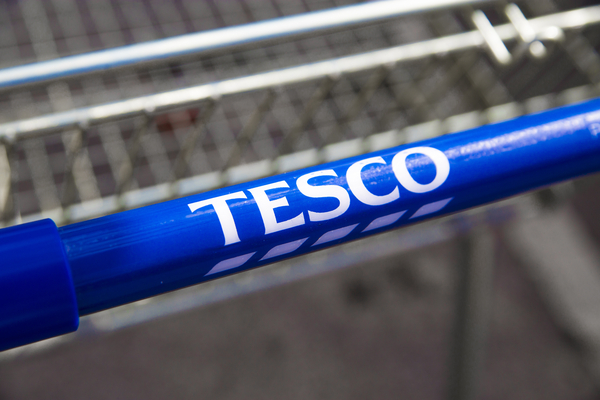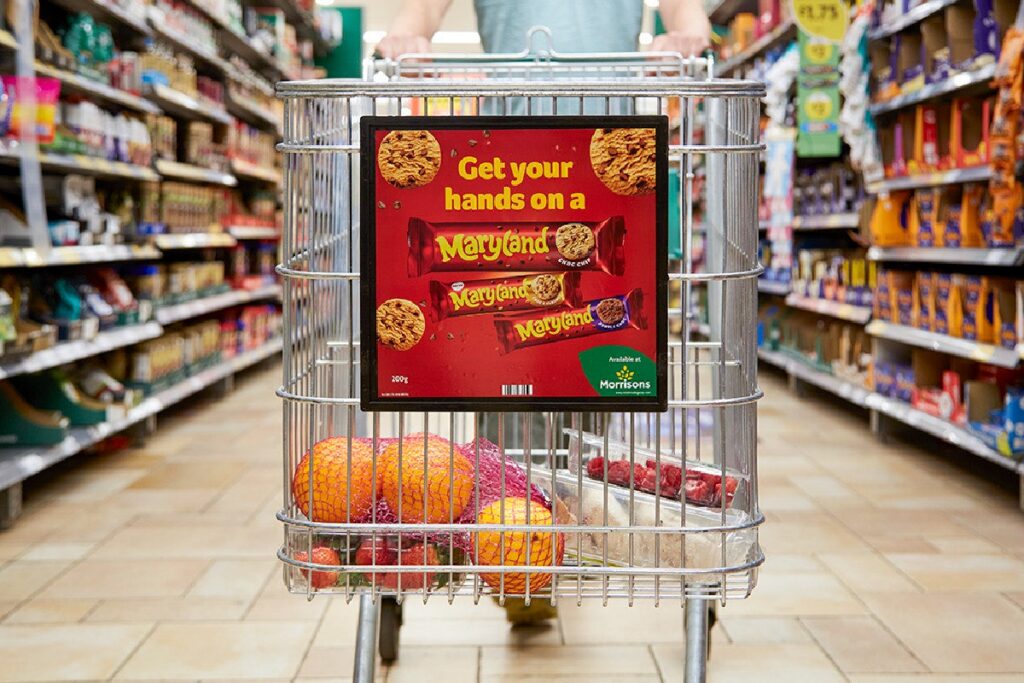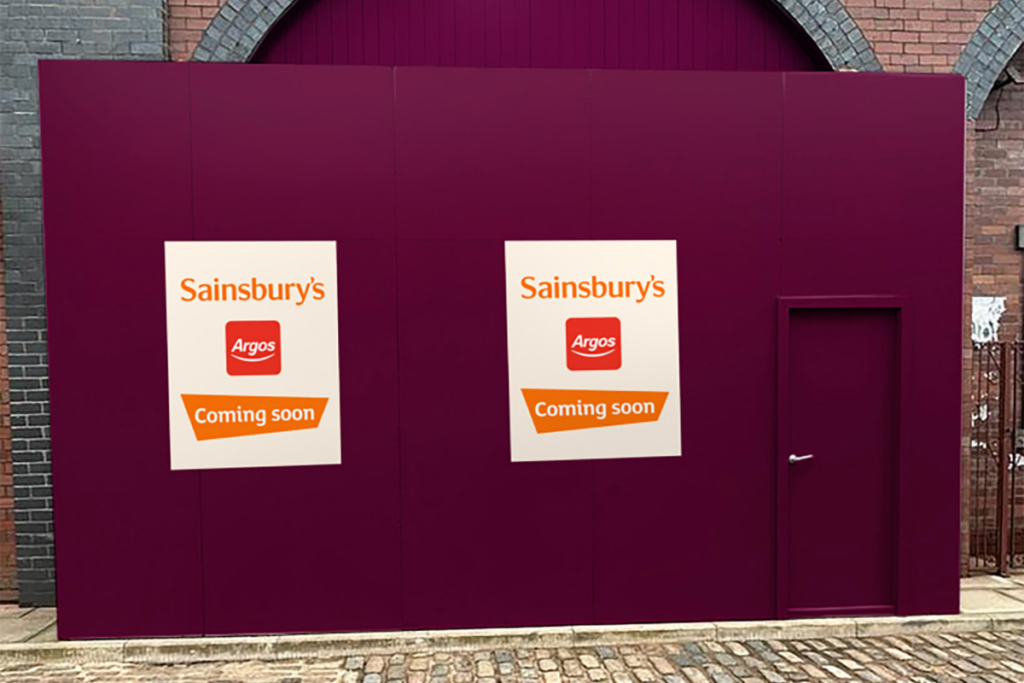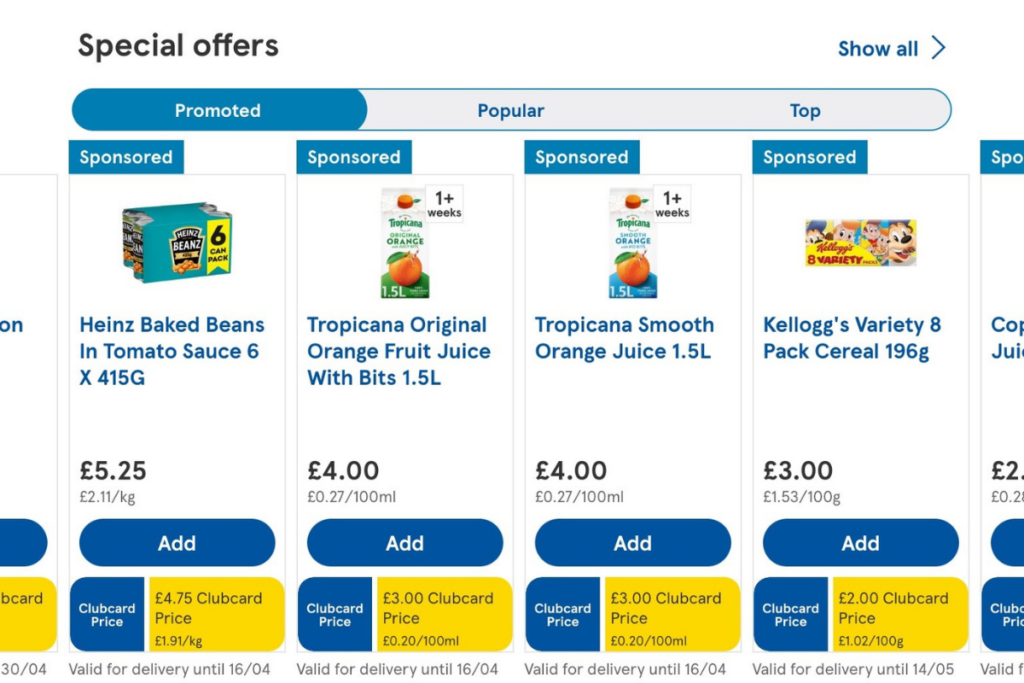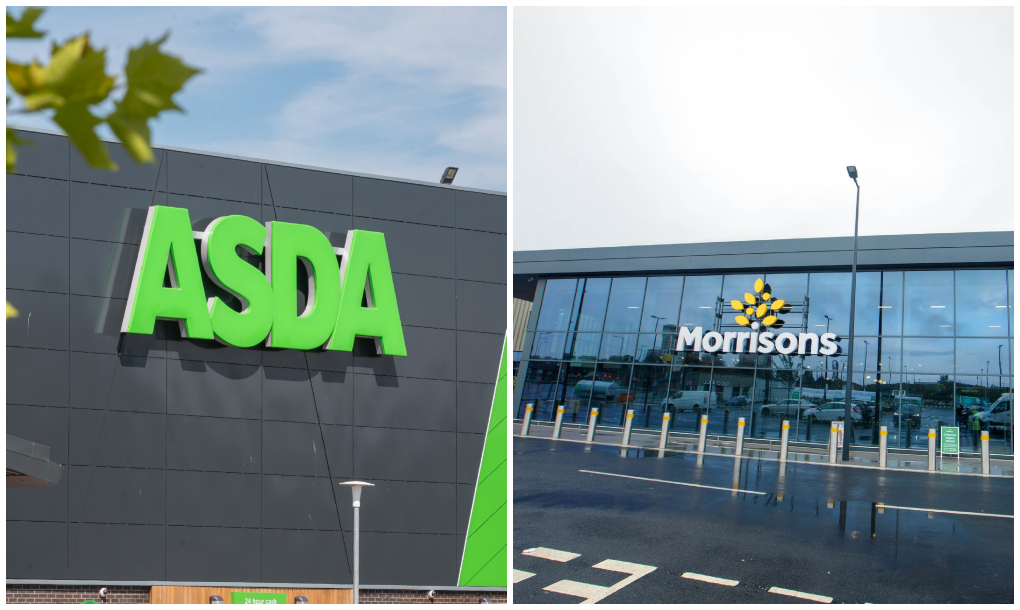Jack’s is here to shake things up…
Since the recession, Aldi and Lidl have been stealing customers away from the hard-fought middle ground of Tesco, Sainsbury’s, Asda and Morrisons, when rising food prices meant British consumers abandoned brand loyalty for lower prices. It’s caused a major shake-up in an industry that previously expected to hold on to its customers for generations.
Combined, Aldi and Lidl now control almost 13 per cent share of the UK’s grocery market, and have faced little in the way of major competition.
“Where once Tesco seemed unassailable in terms of brand strength, stature and buying power, the growth of the discounters over the last five years has truly knocked it off its perch,” said Willam Hall, strategy director at global branding and design agency Landor.
“Ultimately, the establishment supermarket brands have seen a gradual drop in consumer relevance and are increasingly difficult to tell apart from the rest of the ‘crowd’ of brands in the market.”
But that could all be about to change: there’s potential for Jack’s to spell the end of the market share land grab that’s been taking place since 2008.
How? Tesco is putting its heritage front and centre. Named after Tesco founder Sir John Edward Cohen (aka Jack), the businessman was nicknamed “Slasher” or “The Guv’nor” and was the first to use the phrase “pile it high and sell it cheap” in retail.
While British consumers have spent years growing familiar with Aldi and Lidl’s formats, Jack’s brings the focus back to a famous British retailer known for cut-price bargains: they may have just found discount’s original posterboy.
“Our insight shows shoppers today are looking for low-frills, low-price groceries, which is why it makes sense for Tesco to introduce Jack’s – it meets this need, without adversely affecting the undoubted brand stature of Tesco,” said Landor strategy director William Hall.
“The strategic motivations behind this branding decision are becoming increasingly clear. By giving a nod to its heritage, Tesco is making a concerted effort to differentiate Jack’s from the German discounters,” said chair of the chartered institute of marketing food, drink and agriculture committee Mark Dodds.
…But it is still taking cues from the other discounters
As much as Tesco is keen to differentiate, it’s clear from the scant details already emerging of its first Jack’s store that the retailing giant has been taking its cues from Aldi and Lidl for a while.
Since the arrival of Dave Lewis as chief executive four years ago, Tesco has been steadily launching low prices “farm brands” ranges with fictitious names including Redmere, Woodside and Willow.
It’s thought these will be sold in Jack’s alongside generically branded “everyday value” ranges and a new Jack’s branded grocery range.
Dodds argues, “It will be interesting to see how much more of the Tesco brand is reflected in the new stores. Getting the balance right will be vital if the new companion brand is to succeed. If Jack’s is too different, it will have a tough job becoming established in the market.”
“On the other hand a brand too close to Tesco’s core runs the risk of cannibalisation of current sales,” Dodds warned.
“Yet new branding alone is not enough, as customers need to feel the benefits of shopping at Jack’s day-to-day if it is to compete with the discount giants. Tesco must commit to providing customers with the best prices and a great experience across their entire product offering,” he added.
Tesco is making its property portfolio work in its favour
The devil’s in the detail and as Tesco has stayed resolutely silent about its launch (despite months of rumours) we can’t help but think it is determined to keep as much of its strategy under wraps as possible.
Such is the secrecy around Jack’s that it’s believed Tesco has made staff and suppliers sign a non-disclosure agreement.
After all, getting discount right in an intensely competitive grocery market that has already welcomed in two new pretenders is no easy feat.
It’s not the first time one of the Big Four has tried, either: Back in 2014 Sainsbury’s joined forces with Netto to launch a UK cut-price grocer, only to be forced to close 16 stores two years later after struggling to make a profit.
Tesco also attempted something similar in the 1980s with Victor Value, but abandoned plans less than five years later due to concerns that it might undermine the main brand.
What will it do differently in 2018? It’s likely Tesco plans to use stores it already has, and that it’ll move fast.
Tesco’s first Jack’s store will be unveiled by Tesco chief executive Dave Lewis in later this week.
It is thought to be located in a £22 million store has been standing empty since 2014 after an accounting scandal at Tesco wiped £2 billion off its market value and the business was forced to pay £214 million in fines.
Today, Tesco has 2,659 stores in the UK and a sprawling estate that includes 172 Metro fascias.
The Tesco Metros in St Helens and Edge Hill, Liverpool are also thought to be destined to be converted over to the Jack’s brand.
Retail analysts expect the Jack’s chain to eventually include up to 100 stores, with perhaps 50 or 60 of these replacing the existing, but the poorest performing, small Tesco ”Express” locations.
In this way Tesco will be able to focus on areas it already operates but underperforms in.
Shore Capital’s analyst Clive Black argued in a report by The Guardian last week that “Tesco has a cohort of problem stores where the traditional Tesco offer is a square peg in a round hole.”
“They have got low footfall and low income hinterlands and Aldi and Lidl are taking everyone’s legs away.”
There’s everything to play for…
If the Sainsbury’s-Asda mega merger goes ahead, Tesco will no-longer be the UK’s biggest supermarket, so it will need a different edge.
Currently number two and three in grocery market share for the UK, Sainsbury’s and Asda’s potential merger would be one of the most significant deals in UK retail in recent years, but also one of the most scrutinised.
While the grocery industry is in shake-up-mode, with brand loyalty replaced by consumers eager to find the best deal for their shopping basket, Tesco’s bold move shows a business back on the offence.
Hall continued: “Of course, if the Asda-Sainsbury’s merger is approved, Tesco will no longer be Britain’s number one supermarket. Not only will it lose its scale advantage, but its brand proposition will become further stretched by an enhanced Sainsbury’s at the premium end of the market and a reinvigorated Asda at the value end. For us, the introduction of Jack’s is just the first move on the chessboard – it will be fascinating to see who moves next.”
“This move is still clearly a risk. It will also be interesting to see how quickly they choose to roll out this Jack’s concept across the UK and so build national awareness,” said Nottingham Business School retail research associate Nelson Blackley.
He added: “They may choose to open just a few ‘pilot’ stores in the first year and if necessary adapt and refine the offer based on consumers’ reaction, but this again poses a risk of not quickly generating some of the cost benefits of generating volume sales,”
“The Grocery market is not going to become less competitive going forward and so Tesco are going to need to generate quick and profitable results from this move.”
…But it’s still a risky move
Despite being well positioned, it’s still a risky move for Tesco. The aforementioned cannibalisation of sales is an obvious concern, alongside the fact that post-recession, UK consumers are savvier than ever (it’s what led them astray to Aldi and Lidl in the first place) so for Tesco to succeed, it’s vital that this arm of its business behaves like an authentic discounter – no easy task.
Jack’s will work if it can be separated properly from Tesco and is able to focus on scale and margins: turning over the lowest possible prices with the highest possible quality produce for shoppers.
In many ways, the “pile them high” strategy Tesco founder Jack Cohen created all those years ago could be the best attitude for Jack’s. After all, discount has been in Tesco’s DNA from the very beginning.
Click here to sign up to Retail Gazette‘s free daily email newsletter

